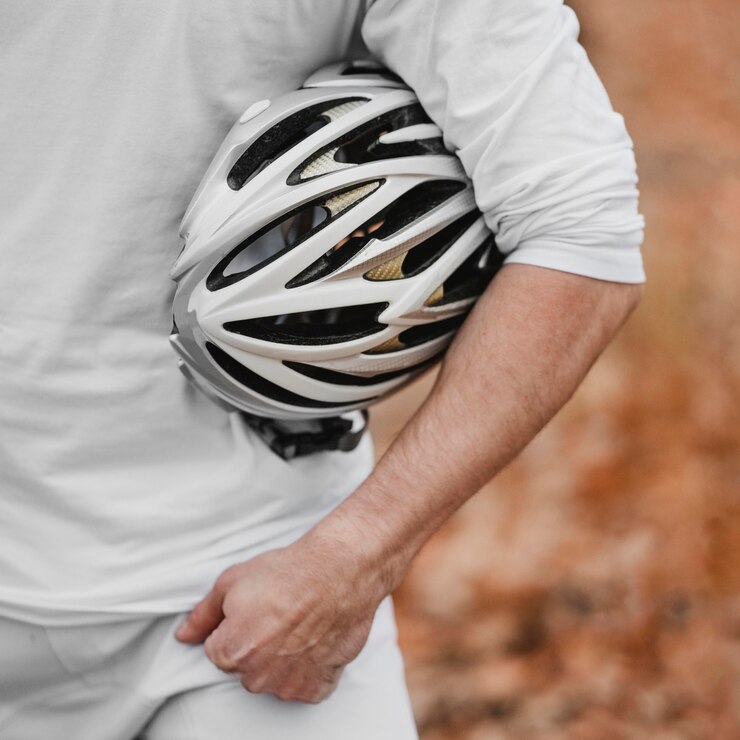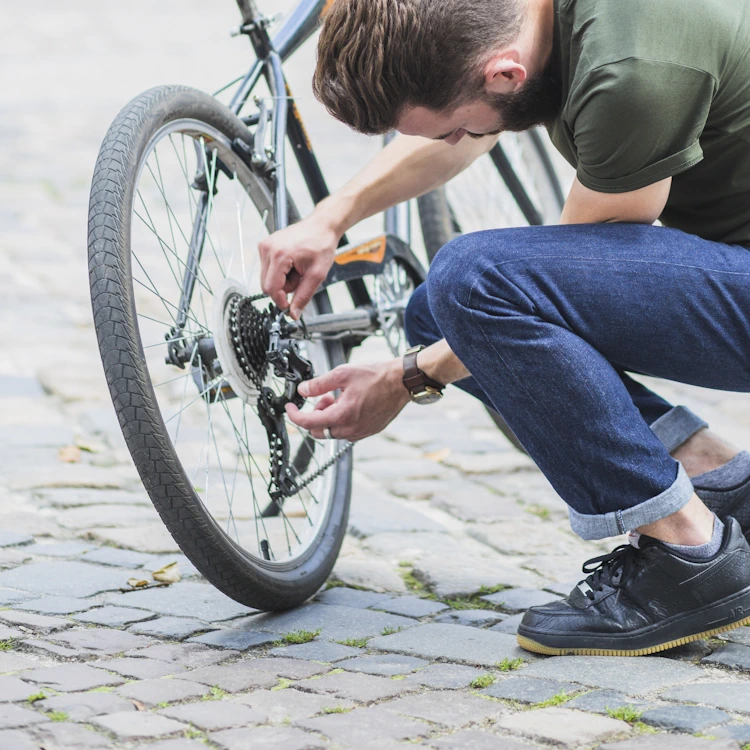Mountain biking offers an adrenaline rush like no other, with rugged trails, challenging terrains, and the great outdoors. However, this excitement comes with its own set of risks. The most critical piece of gear for any mountain biker is the MTB helmet. But with a plethora of options available, how do you pick the perfect one? Let’s explore the essential features and top choices to ensure you stay safe on the trails.
Picture this: you’re tackling a steep descent, the wind whipping past you, heart pounding with every bump and jump—until a misstep sends you tumbling. In those moments, your helmet is your best ally. It’s not just an accessory; it’s a lifesaver. Ready to find the ideal MTB helmet for your adventures?
1. Why an MTB Helmet is Crucial
- Protection Against Impact: Mountain biking involves navigating uneven terrains, which increases the risk of falls and collisions. Helmets are designed to absorb impact and protect your head from serious injuries. Studies show that helmets can reduce the risk of head injuries by up to 85%.
- Safety Standards: Helmets must meet specific safety standards like CPSC, ASTM, and CE to ensure they provide adequate protection. These standards involve rigorous testing to ensure the helmet can withstand significant impacts and provide coverage for critical areas.
- Enhanced Confidence: Knowing you have a reliable helmet gives you the confidence to tackle challenging trails without fear. This mental assurance can enhance your performance and enjoyment of the sport.
2. Key Features to Consider
- Fit and Comfort: A helmet should fit snugly but comfortably. Look for adjustable straps and dial systems to customize the fit. An improperly fitting helmet can be ineffective and uncomfortable.
- Measurement Guide: Measure the circumference of your head just above your eyebrows and use the helmet’s size chart to find the correct size. Ensure the helmet sits level on your head and doesn’t tilt forward or backward.
- Ventilation: Good ventilation is essential for comfort, especially during intense rides. Look for helmets with multiple vents and internal channels that promote airflow and keep your head cool.
- Ventilation Systems: Some helmets feature advanced ventilation systems that allow for airflow even at low speeds. Look for strategically placed vents that direct air over your head.
- Weight: A lightweight helmet reduces strain on your neck and shoulders, which is crucial during long rides. Modern helmets use materials like in-mold polycarbonate shells and EPS foam to balance weight and protection.
- Material Technology: High-end helmets might use carbon fiber or Kevlar to reduce weight further without compromising on safety. These materials offer excellent strength-to-weight ratios.
- Visors: A visor helps shield your eyes from the sun, rain, and trail debris. Adjustable visors offer flexibility, allowing you to change the angle based on your riding conditions.
- Removable Visors: Some helmets come with removable visors, giving you the option to customize your helmet based on your preferences and the type of trail you’re riding.
- Safety Technology: Look for helmets with advanced safety features like MIPS (Multi-directional Impact Protection System) or WaveCel. These technologies provide additional protection against rotational forces during impacts.
- MIPS Explained: MIPS helmets have a low-friction layer inside that allows the helmet to slide relative to the head, reducing rotational motion and the risk of brain injury.
3. Top MTB Helmet Recommendations
- Troy Lee Designs A2 MIPS: Known for its excellent ventilation and advanced safety features, the A2 MIPS offers superior protection and comfort. It combines MIPS technology with extended coverage for the back of the head.
- Why Riders Love It: The A2 MIPS is praised for its fit, ventilation, and style, making it a popular choice among serious mountain bikers.
- POC Tectal Race SPIN: Featuring POC’s SPIN (Shearing Pad Inside) technology, this helmet provides excellent impact protection and ventilation. The Tectal Race SPIN is designed for aggressive riding, with extended coverage and a robust construction.
- Unique Features: The helmet’s aramid bridge technology enhances structural integrity, while the RECCO reflector aids in search and rescue operations.
- Giro Chronicle MIPS: A budget-friendly option that doesn’t compromise on safety, the Giro Chronicle MIPS is lightweight and well-ventilated, perfect for trail riders.
- Best Value: This helmet offers a great balance of affordability, protection, and comfort, making it a top choice for riders looking for value.
4. Customizing Your Helmet for Better Performance
- Helmet Lights: Improve visibility during night rides with helmet-mounted lights. These lights provide a higher vantage point, improving the range and angle of visibility compared to handlebar-mounted lights.
- Choosing the Right Light: Look for lights with adjustable brightness settings and long battery life. Some lights are designed specifically for helmet mounting and offer secure, easy attachment systems.
- Action Cameras: Capture your thrilling rides by mounting an action camera on your helmet. This not only records your adventures but can also be used for analyzing your performance and sharing your experiences.
- Mounting Options: Ensure your camera mount is compatible with your helmet and offers a secure fit. Some helmets come with built-in camera mounts or attachment points.
- Intercom Systems: Stay connected with your riding buddies using helmet intercom systems. These devices allow for clear communication, enhancing safety and coordination during group rides.
- Installation Tips: Look for intercom systems that are easy to install and don’t interfere with the helmet’s fit or ventilation. Wireless options are convenient and reduce the hassle of tangled wires.

5. Maintaining Your MTB Helmet
- Regular Inspections: Inspect your helmet for cracks, dents, and wear before each ride. Any signs of damage can compromise the helmet’s ability to protect you.
- What to Look For: Check the shell, foam, straps, and buckles. Pay attention to any changes in the helmet’s structure or fit.
- Cleaning Tips: Clean your helmet with mild soap and water. Avoid harsh chemicals that can degrade the materials. Remove and wash the internal padding regularly to maintain hygiene and comfort.
- Deep Cleaning: For a thorough clean, remove all detachable parts and wash them separately. Use a soft brush to clean vents and crevices.
- Replacement Guidelines: Replace your helmet every 3-5 years or after a significant impact. Even if the helmet looks fine, the internal structure could be compromised.
- Signs It’s Time for a New Helmet: Fading colors, frayed straps, or an ill-fitting helmet are indicators that it’s time for a replacement. Regularly updating your helmet ensures you’re benefiting from the latest safety technologies.
Conclusion:
Choosing the right MTB helmet is a critical decision that affects your safety and enjoyment on the trails. With the perfect helmet, you can push your limits and explore new terrains with confidence. Whether you’re a casual rider or a seasoned pro, investing in a high-quality helmet is a must. So gear up, hit the trails, and ride safely!
